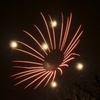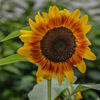Overexposing/Shooting to the Right
Oct 17, 2013 23:08:02 #
I may have to reverse my position, on which I had argued that the advice many have heard to shoot to the right was wrong. I have just processed an overexposed portrait, and with the new RAW software and Topaz plug in, I was amazed. Previously I had used Nikons own View NX2 converter, the only way I had to process Nikon's ".NEF" RAW files. Recently, upon advice from a UHH member, I was able to download a DNG converter from Adobe which now allows me to process NEF files to DNG which is compatible with Photoshop's CS RAW converter, which in my opinion is much superior to Nikon's. Then I used Photoshop tools like shadow/highlights, I also used Topaz Adjust 5 afterwards which seems to offer significant improvements even after Photoshop's best.. I have attached two before and after photos, and If I have proved my self wrong I am glad, as the picture was shot in low light and I was having trouble all day, if you can overexpose in low light and fix it later it may be better than underexposing in already low light and expecting to be able to adjust it. This will solve many problems with low light shooting I am hoping.
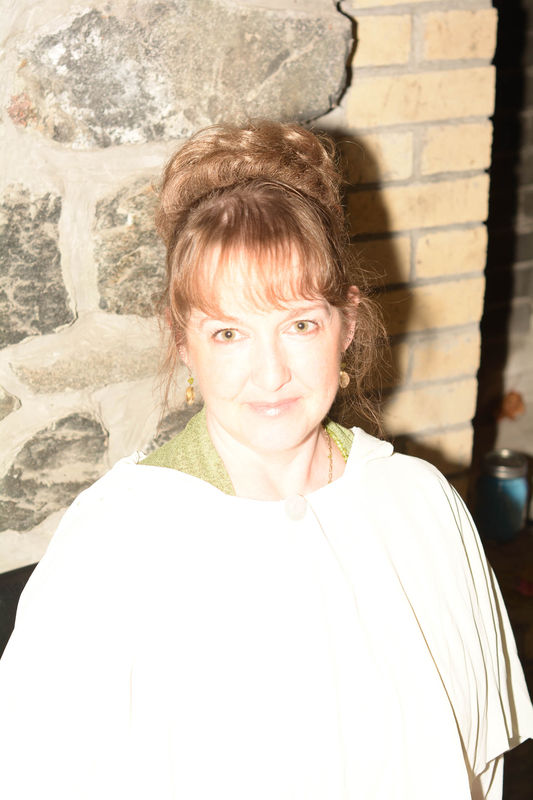
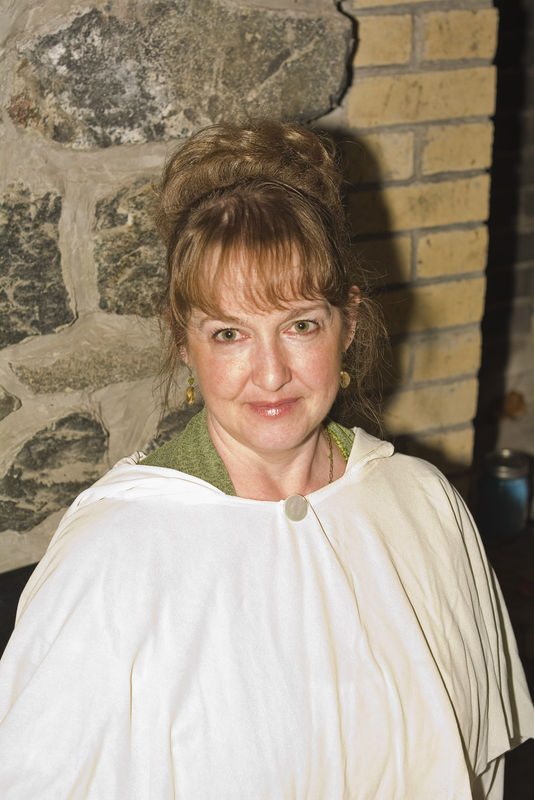
Oct 17, 2013 23:12:02 #
Wow! Very impressed. I have learned something new today. Thank you for posting.
Oct 17, 2013 23:23:09 #
georgevedwards wrote:
I may have to reverse my position, on which I had ... (show quote)
The more I read about histograms the more confused I become. :(
Oct 17, 2013 23:32:51 #
georgevedwards wrote:
I have attached two before and after photos, and If I have proved my self wrong I am glad, as the picture was shot in low light and I was having trouble all day, if you can overexpose in low light and fix it later it may be better than underexposing in already low light and expecting to be able to adjust it. This will solve many problems with low light shooting I am hoping.
This came out well for you. I think the problem with overexposing in low light is that the shutter speed will need to be longer (assuming that you are already wide open and at the highest iso you'd be willing to live with) and that means movement blur? So is it better to have a sharper photo underexposed or at proper exposure with less info to pp with or to expose to the right and risk blur? I'm thinking I'd rather go for sharpness first and then exposure in that situation but i'm open for opinions.
Bob
Oct 18, 2013 00:35:28 #
"I have attached two before and after photos, and If I have proved my self wrong I am glad, as the picture was shot in low light and I was having trouble all day, if you can overexpose in low light and fix it later it may be better than underexposing in already low light and expecting to be able to adjust it."
The recovery from the first image to the second is very nice. However, your assumption that you can overexpose and fix it later is contrary to digital reality. Exposing to the right (ETTR) has nothing to do with over exposing. It is about capturing as much rich, highlight information as possible without overexposing. That is, capturing as much data in the bright side of the histogram. (I am not claiming the histogram to be a perfect tool, but it is a great guideline). When you go too far to the right you have overexposed and are recording no detail in that area.
One of the things to keep in mind is that all cameras do not have the same dynamic range. My Nikon or Canon may be capable of capturing more or less information than that of someone else. There can not be a single formula because cameras have differing capture capabilities - you can only take concepts from one camera to another. In this case, it is exposing as far to the right as possible without going beyond the dynamic range of the camera.
ETTR is not about one's artistic sensibilities, it is about maximizing data capture.
The recovery from the first image to the second is very nice. However, your assumption that you can overexpose and fix it later is contrary to digital reality. Exposing to the right (ETTR) has nothing to do with over exposing. It is about capturing as much rich, highlight information as possible without overexposing. That is, capturing as much data in the bright side of the histogram. (I am not claiming the histogram to be a perfect tool, but it is a great guideline). When you go too far to the right you have overexposed and are recording no detail in that area.
One of the things to keep in mind is that all cameras do not have the same dynamic range. My Nikon or Canon may be capable of capturing more or less information than that of someone else. There can not be a single formula because cameras have differing capture capabilities - you can only take concepts from one camera to another. In this case, it is exposing as far to the right as possible without going beyond the dynamic range of the camera.
ETTR is not about one's artistic sensibilities, it is about maximizing data capture.
Oct 18, 2013 01:26:46 #
George, you can of course, shoot any way you want.
But, I beg to differ with you.
Some areas of the white fabric are completely blown out. Now you did not store the original, so I can't say for sure.
The top foto at least could be argued that it is high-key.
The bottom one is just flat out to far to the RIGHT in my personal opinion.
Remember, there is a big difference between ETTR and OverExposedTTR.
Just my 2cents.
SS
But, I beg to differ with you.
Some areas of the white fabric are completely blown out. Now you did not store the original, so I can't say for sure.
The top foto at least could be argued that it is high-key.
The bottom one is just flat out to far to the RIGHT in my personal opinion.
Remember, there is a big difference between ETTR and OverExposedTTR.
Just my 2cents.
SS
Oct 18, 2013 02:43:36 #
Good point about overexposing also causing movement blur, but maybe you can get around that by not being afraid of more flash, which is what happened in the before sample. I was constantly using a little less flash so I wouldn't go over, but maybe that is not as much a problem as I thought.
UtahBob wrote:
This came out well for you. I think the problem w... (show quote)
Oct 18, 2013 02:46:05 #
Yes but the white fabric in the second sample was not blown out, that is what the color of the actual fabric is. All the detail in folds as shadow detail has been restored in the second, I did try making it darker but it did not look right. actually there is no white in the second, only cream color, of the original fabric. That was the point, the first sample was flat white in the blouse which is a blown out highlight; the first sample was the original as seen on the viewscreen, it was the JPEG, which is what you have to judge by when you are shooting right? The viewscreen does not show RAW, only the JPEG, is that not right? You can't ever see the RAW file until it is opened in a RAW converter. Then even what you see on the screen does not show the full range, only by manipulation does the detail in the highlights data become visible. Another part of whole problem not mentioned yet but having a crucial bearing on the whole issue I am dealing with in shooting in low light is that even when it looks like correct lighting on the viewscreen, after the shot is taken, when I get home and look at on the computer I have a bunch of pictures that are too dark. It is not that I wanted to shoot this way, I would prefer to take the perfect all the time the way some of UHH members do (ahem!). As far as ETTR, Exposure to the right seems to imply overexposure, Exposure to the center is the only "correct" way of doing it. Any time you adjust your settings so the light meter goes to right is by definition over exposure. Now if you are referring to the histogram, the large area of light fabric is of course going to make the histogram far to the right, the only way to counter that is to not wear white shirts, but that is totally unrealistic. Some histograms are just naturally going to be lopsided to the right. Check out some of David Hartcorn's wedding photography athttp://www.davidhartcorn.com/wedding/wedding-fashion/
Some of his histograms are going to totally to the right. I saw him lecture recently, and was amazed by how much he used white (and sometimes black) for a stunning effect which would normally called unbalanced, totally overwhelming the flesh tones.
Some of his histograms are going to totally to the right. I saw him lecture recently, and was amazed by how much he used white (and sometimes black) for a stunning effect which would normally called unbalanced, totally overwhelming the flesh tones.
SharpShooter wrote:
George, you can of course, shoot any way you want.
But, I beg to differ with you.
Some areas of the white fabric are completely blown out. Now you did not store the original, so I can't say for sure.
The top foto at least could be argued that it is high-key.
The bottom one is just flat out to far to the RIGHT in my personal opinion.
Remember, there is a big difference between ETTR and OverExposedTTR.
Just my 2cents.
SS
But, I beg to differ with you.
Some areas of the white fabric are completely blown out. Now you did not store the original, so I can't say for sure.
The top foto at least could be argued that it is high-key.
The bottom one is just flat out to far to the RIGHT in my personal opinion.
Remember, there is a big difference between ETTR and OverExposedTTR.
Just my 2cents.
SS
Oct 18, 2013 05:13:24 #
ettr, exposing to the right is bad advice, but so many on here believe it to be a status symbol, just like raw processing- don't waste your time proving it-they are too conditioned to believe their eyes.
Oct 18, 2013 05:28:06 #
lighthouse
Loc: No Fixed Abode
The understanding of ETTR is very good advice.
ETTR is not a status symbol, raw is not a status symbol, manual is not a status symbol.
They are just the way I choose to work for much of my work.
I would guess
95% raw,
30-70% manual depending on the day,
30-50% ETTR.
Some images are all of the above.
I don't wear it like a badge.
I just use them, and if the subject comes up I don't mind talking about them.
ETTR is not a status symbol, raw is not a status symbol, manual is not a status symbol.
They are just the way I choose to work for much of my work.
I would guess
95% raw,
30-70% manual depending on the day,
30-50% ETTR.
Some images are all of the above.
I don't wear it like a badge.
I just use them, and if the subject comes up I don't mind talking about them.
nekon wrote:
ettr, exposing to the right is bad advice, but so many on here believe it to be a status symbol, just like raw processing- don't waste your time proving it-they are too conditioned to believe their eyes.
Oct 18, 2013 05:43:50 #
Bob Andrews
Loc: Scotland
nekon wrote:
ettr, exposing to the right is bad advice, but so many on here believe it to be a status symbol, just like raw processing- don't waste your time proving it-they are too conditioned to believe their eyes.
Can you tell us what you do that is "superior" to ettr and raw processing? If there are better ways we don't know about then the forum members no doubt would like to know more.
Oct 18, 2013 07:30:12 #
georgevedwards wrote:
I may have to reverse my position, on which I had ... (show quote)
That is an amazing save. :thumbup:
Oct 18, 2013 07:32:22 #
Bob Andrews wrote:
Can you tell us what you do that is "superior" to ettr and raw processing? If there are better ways we don't know about then the forum members no doubt would like to know more.
1. raw and jpeg are only methods by which you capture an image-neither one is superior, but some folks revere raw as the holy grail-I don't need to use raw, because I can nail exposure to 1/10 of stop, and I find the correct white balance for the scene in front of me.
2.Ettr only works to advantage when using lower ISO settings than the camera is coded for
Oct 18, 2013 07:42:17 #
lighthouse
Loc: No Fixed Abode
Do you take landscapes at all nekon?
If you do, do you use ND grads or exposure blending or black card or some other similar technique?
If you do, do you use ND grads or exposure blending or black card or some other similar technique?
nekon wrote:
1. raw and jpeg are only methods by which you capture an image-neither one is superior, but some folks revere raw as the holy grail-I don't need to use raw, because I can nail exposure to 1/10 of stop, and I find the correct white balance for the scene in front of me.
2.Ettr only works to advantage when using lower ISO settings than the camera is coded for
2.Ettr only works to advantage when using lower ISO settings than the camera is coded for
Oct 18, 2013 07:52:06 #
lighthouse wrote:
Do you take landscapes at all nekon?
If you do, do you use ND grads or exposure blending or black card or some other similar technique?
If you do, do you use ND grads or exposure blending or black card or some other similar technique?
No, I use red baseball cap to spot expose, then insert this data for manual exposre
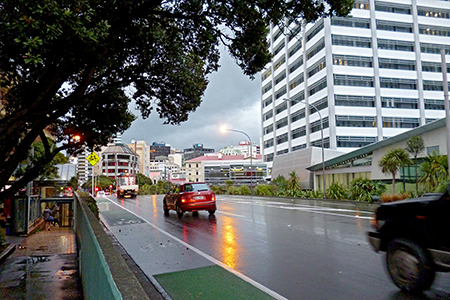
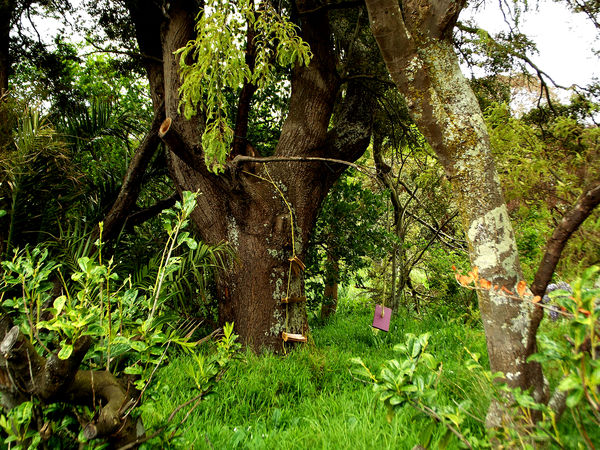
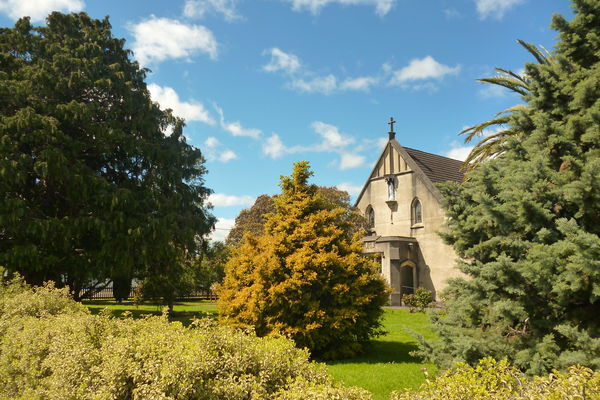
If you want to reply, then register here. Registration is free and your account is created instantly, so you can post right away.


